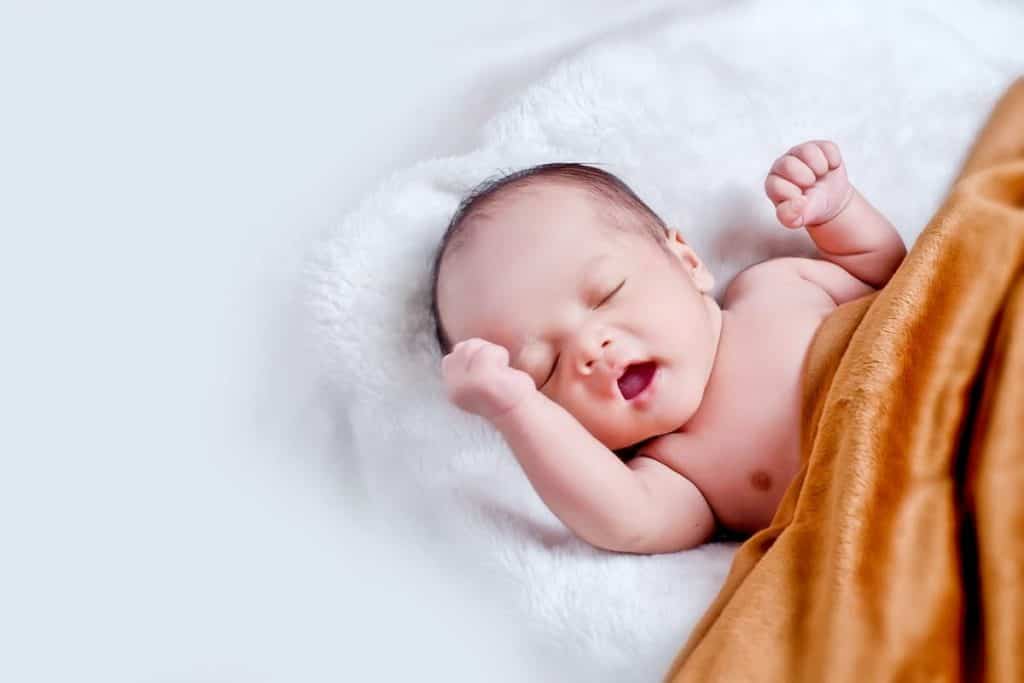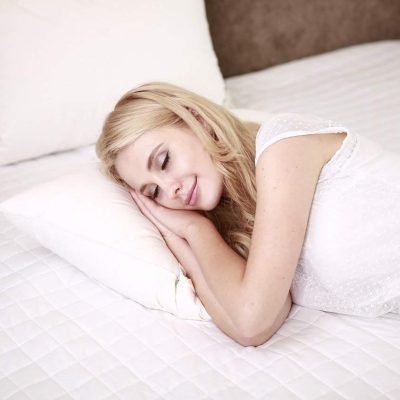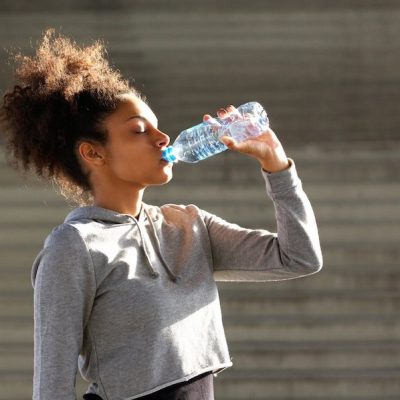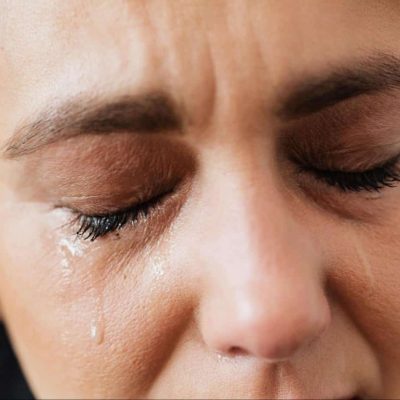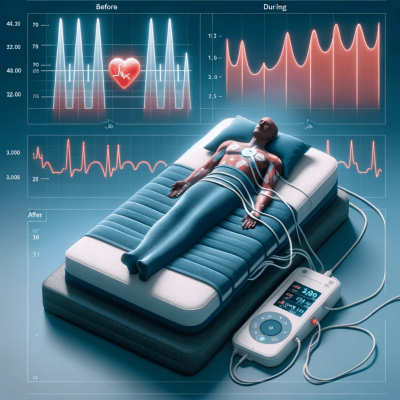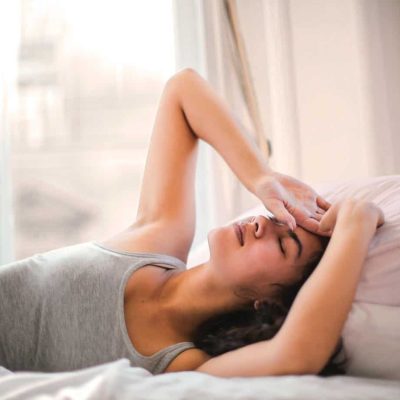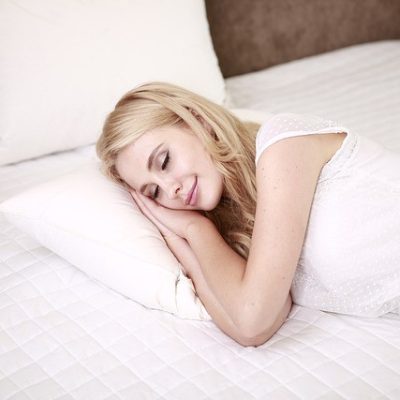In today?s news, we will look into a survey in Nagoya, Japan, where citizens found that warmer summer nights negatively affect population health. Also, newly released RUSH research in the journal SLEEP provides insight into how teenagers can get more sleep. On the other hand, the UK-based wearable medical gadget business intends to expand its sleep apnea testing device throughout Europe and North America. The Toledo Lucas County Health Department is spotlighting best practices to reduce baby deaths during this month of October.
Table of Contents
ToggleA survey demonstrates the detrimental effects of rising summer nighttime temperatures on population health
Original Source: Survey reveals the negative impact of warmer nighttime summer temperatures on population health
A survey of Nagoya, Japan, citizens found that warmer summer nights negatively affect population health. Over 1,200 residents completed a sleep questionnaire in 2011 and 2012. When daytime temperatures exceeded 24.8 degrees Celsius, nighttime sleep disturbances increased. Using the DALY assessment, population health years lost were comparable to heatstroke. This underscores the necessity of regulating both daytime and evening temperatures to help individuals sleep.
In Japan, hot summer nights have become uncomfortable. “It’s hot, isn’t it?” is a popular greeting. How else are Japan’s hotter and longer summers affecting its residents?
University of Tokyo researchers surveyed Nagoya residents to see how summer heat affects sleep. The metropolis in the center of Japan has the highest temperature rise among Japan’s three major metropolitan areas (comprising also Tokyo and Osaka). In 2011 and 2012, 574 and 710 Nagoya people, respectively, completed an online survey over 10 days.
When the daytime low temperature was over 24.8 degrees Celsius, sleep disturbances increased. Younger males have more problems sleeping than older men.
Using SQIDS2 data, the team determined the city’s DALY (disability-adjusted life year). DALY measures population-level premature death and poor health (rather than for individuals). DALY helps the WHO estimate loss from diseases, injuries, and risk factors to improve health care systems. “Heat-related sleep disturbance had a DALY score of 81.8 in 2012, close to heatstroke. Sleep difficulties caused by rising temperatures are equivalent to heatstroke and must be addressed “”Ihara,” “Sleep disorders rise above 25 degrees Celsius.”
The study had various limitations, including a small target population and age range (no children were included and the number of respondents over 70 was tiny), as well as the fact that mental health and air conditioner use were not studied as factors on sleep quality. This study quantifies the damage climate change does to sleep health, and the researchers believe it will assist climate change policymakers realize the impact of high overnight temperatures and provide guidelines for healthier sleep. “Japan has many air conditioners, so using them correctly may help. When it’s terrible, I use the air conditioner day and night “”Ihara,” Long-term, reducing outdoor daytime and nighttime temperatures will be essential.
What teens may do to increase their sleep is revealed by new research
Original source: New research sheds light on how teens can get more sleep
Teens may experience interrupted sleep, daytime weariness, and mood and focus issues when adjusting to a new school-year sleep routine.
According to the National Sleep Foundation and the American Academy of Sleep Medicine, most teens receive less than eight hours of sleep every night, especially on school evenings.
RUSH research published in SLEEP reveals how teens can sleep better.
“Teens go through many changes,” says Stephanie J. Crowley, PhD, director of RUSH’s Pediatric Chronobiology and Sleep Research Program. Puberty changes sleep biology.
“Teens can stay awake later because their brain systems that control sleep alter. The 24-hour circadian clock moves later “Crowley:
There are two competing forces: the school timetable and a teen’s biological transformation.
RUSH researchers tested a two-week strategy that targets the circadian rhythm with behavioral measures to help teens develop a better bedtime schedule.
Bright light treatment for 2.5 hours on two weekend mornings helped teens sleep better. Bright light wakes up the body clock. This should help the teen sleep on schedule.
Less tired/irritable
Crowley and her team countered sleep deprivation by giving time management tools and limiting after-school activities.
Researchers shifted teens’ bedtimes by an hour and a half, increasing their total sleep duration by an hour.
The intervention group was less exhausted, angry, and anxious, and had better concentration. Morning alertness improved.
In another study, RUSH researchers are determining whether teens can retain their better sleep routine.
Acurable raises ?11 million to market its at-home sleep apnea testing system in Europe and North America
Original source: Acurable raises ?11M to expand at home sleep apnea testing device internationally
Acurable, a UK medical device business, announced a Series A fundraising round headed by Kibo Ventures.
Comprador Holdings, Mundi Ventures, and Kindred Capital participated.
The company will use the funding to expand internationally its AcuPebble SA100 home sleep testing equipment, which detects and monitors sleep apnea.
Acurable will develop novel COPD, asthma, and cardiovascular products.
In 2021, the UK and Spain launched AcuPebble SA100. The company wants to expand throughout Europe and North America.
The CE-marked equipment automatically diagnoses OSA at home in Europe. It gained FDA 510(k) permission last year to monitor, record, and interpret physiological information, such a patient’s breathing rhythm, as they sleep to prescreen for OSA.
Itamar Medical expanded its at-home sleep apnea diagnostic testing line in 2021.
WatchPAT measures and records peripheral arterial (PAT) signal, heart rate, oximetry, actigraphy, body posture, snoring, and chest motion to determine sleep apnea.
In 2021, it enhanced its capabilities with SleePath, allowing users to document subjective test data straight into the app, providing physicians with self-reports and sleep study metrics.
In 2020, ResApp debuted SleepCheck, an at-home sleep apnea screening software, and Withings released Sleep Analyzer, an under-the-mattress sleep-tracking mat.
The health department emphasizes newborn safety when sleeping this awareness month
Original source: Health department highlights safe sleep for infants during awareness month
According to the Ohio Department of Health, sleep-related deaths are the primary cause of newborn death before their first birthday.
Dr. Eric Zgodzinski, Lucas County health commissioner, said “we still have kids dying from unsuitable sleeping settings.”
Infant fatalities have decreased since 1990. Zgodzinski said Lucas County’s rate of unexpected baby fatalities is too high.
“We gain knowledge, examine studies and statistics, and can change our habits. Years ago, it was appropriate to do certain things, but now we realize we should adapt our ways or stop doing them.”
Babies should sleep on their backs with no stuffed animals and suitable attire to prevent suffocation.
Zgodzinski said newborn fatalities can result from parents following their parents’ parenting style.
“My parents, grandparents, and great-grandparents all did it, so it must be okay. We don’t do some things we did when I and my sister were kids “Zgodzinski.
October is Safe Sleep Month, so the Toledo Lucas County Health Department is spotlighting best practices to reduce baby deaths.
“Let’s regulate what makes a healthy baby. Safety. Let’s not do anything that could kill our babies in the next days or weeks.”
This material is for parents, grandparents, and anybody who may put a child to sleep.
Summary of today?s sleep health news
Overall, we discussed how University of Tokyo researchers surveyed Nagoya residents to see how summer heat affects sleep. When the daytime low temperature was over 24.8 degrees Celsius, sleep disturbances increased. Younger males have more problems sleeping than older men.
Additionally, the RUSH researchers used bright light treatment for 2.5 hours on two weekend mornings to help teens sleep. Bright light wakes up the body’s clock. This should help the teen fall asleep earlier.
Meanwhile, Acurable, a UK-based medical device firm, announced a Series A fundraising round headed by Kibo Ventures. The business will utilize the funding to expand its first home sleep testing gadget, the AcuPebble SA100, which detects and monitors sleep apnea.
Finally, according to the Ohio Department of Health, sleep-related causes of mortality are the most common cause of death for newborns up to their first birthday. The Toledo Lucas County Health Department is emphasizing the best practices for families to follow in order to help minimize baby mortality in the community because October is designated as the month to raise awareness about safe sleeping for infants.

